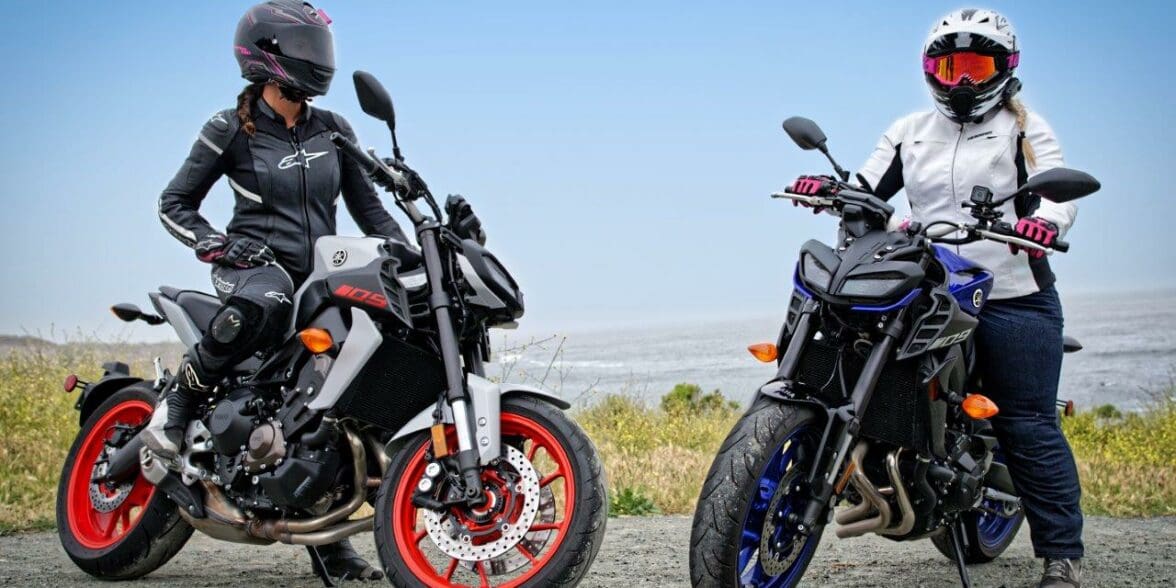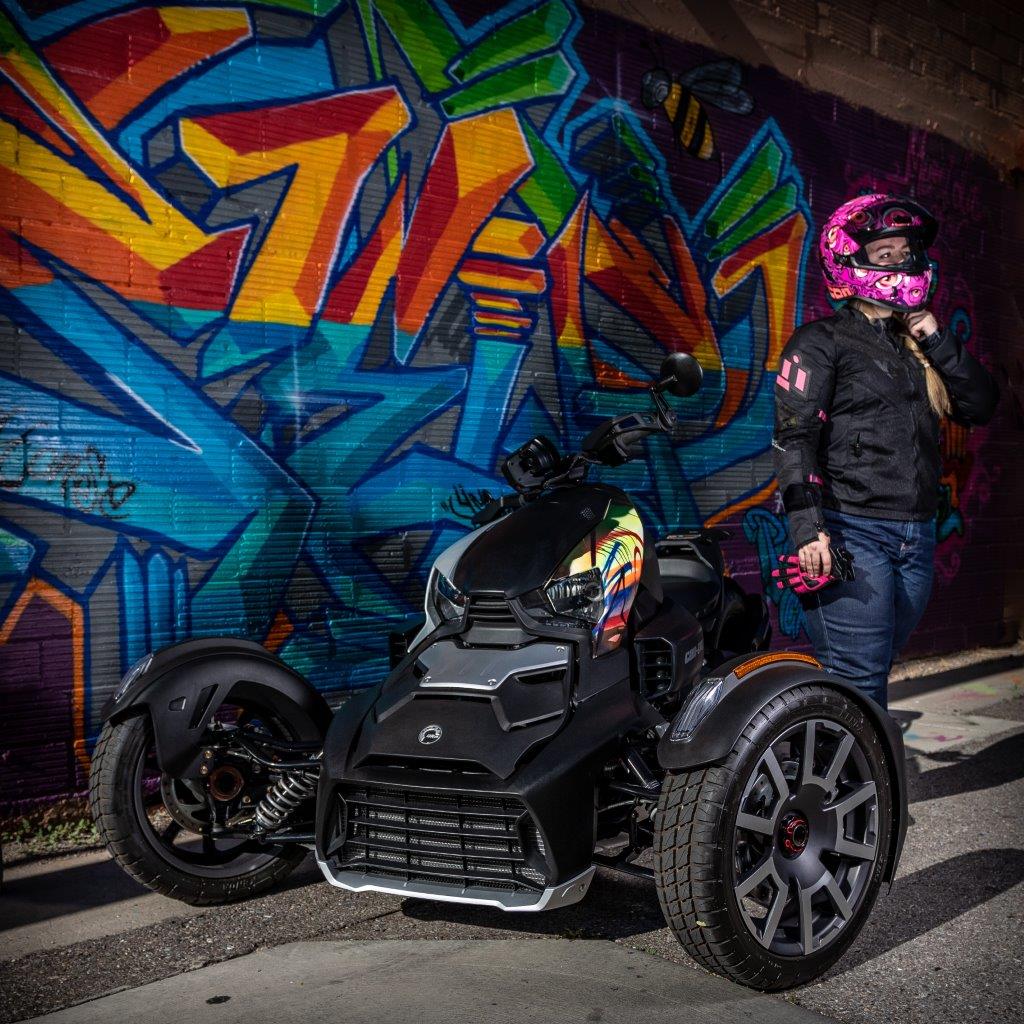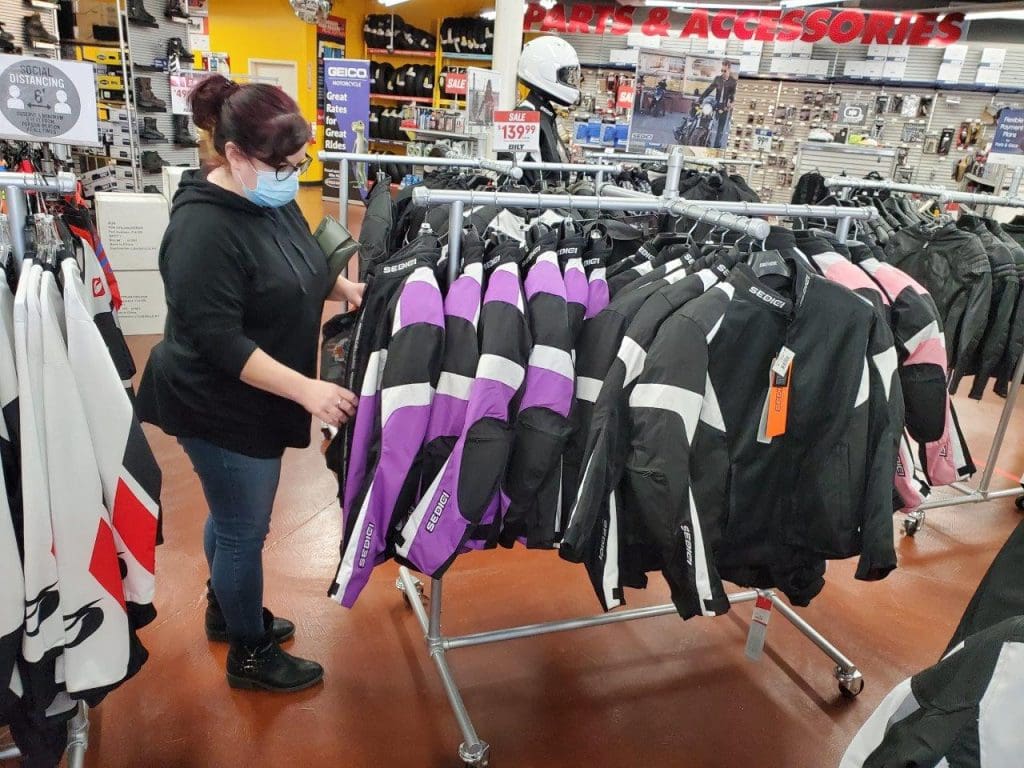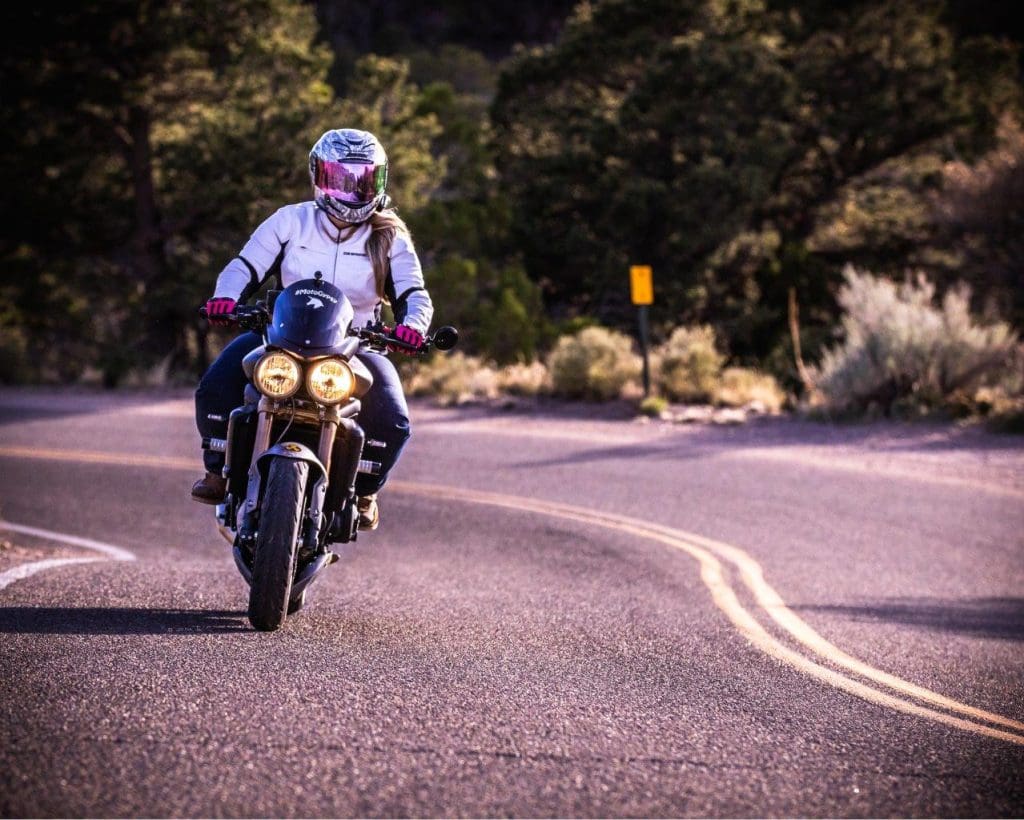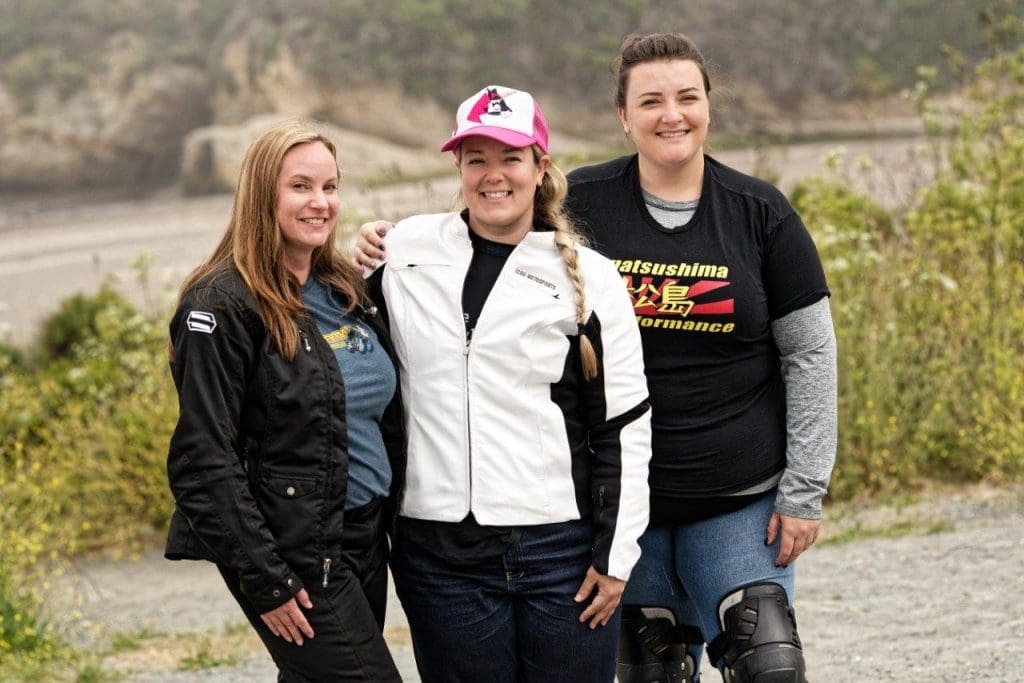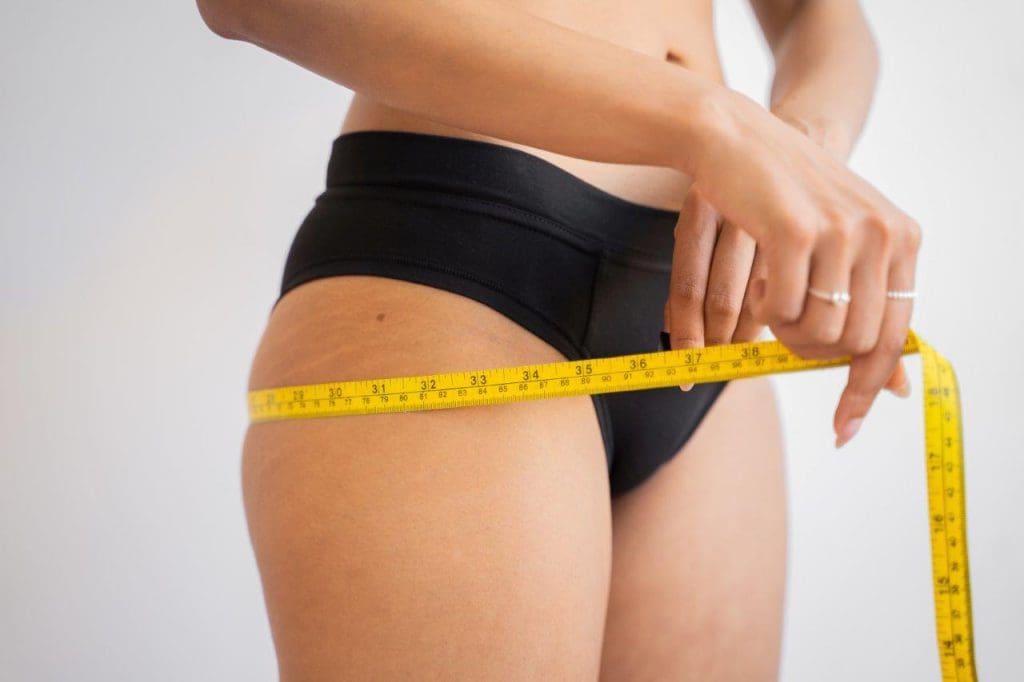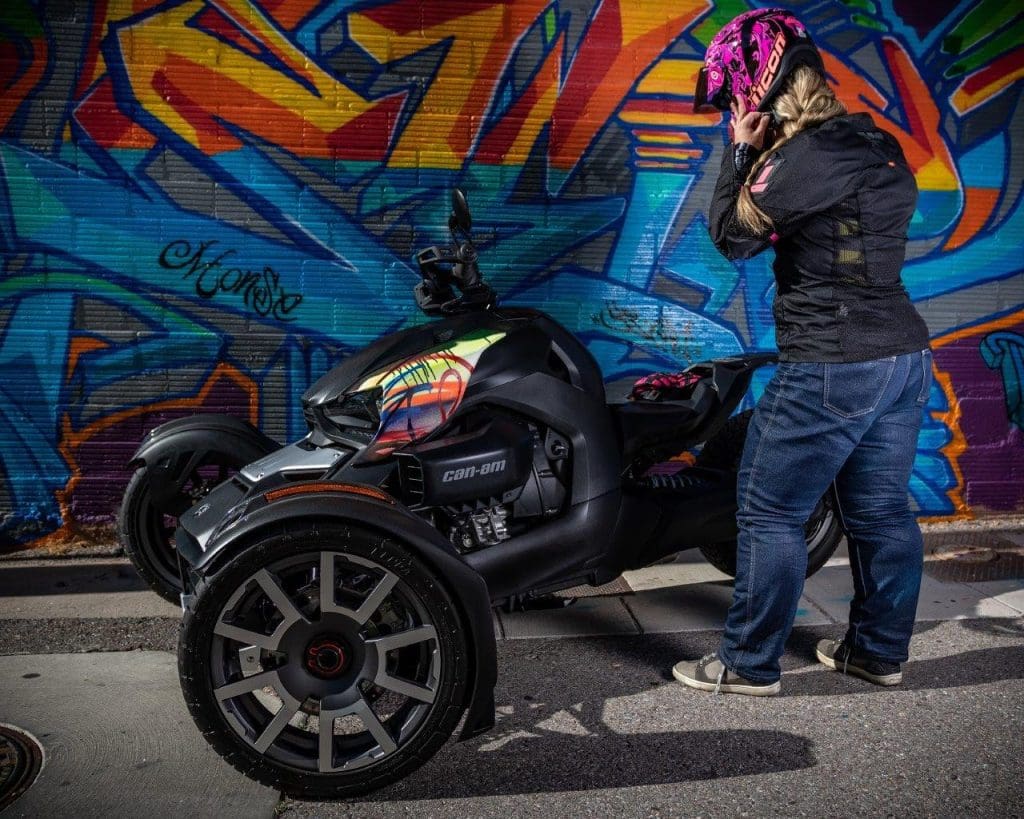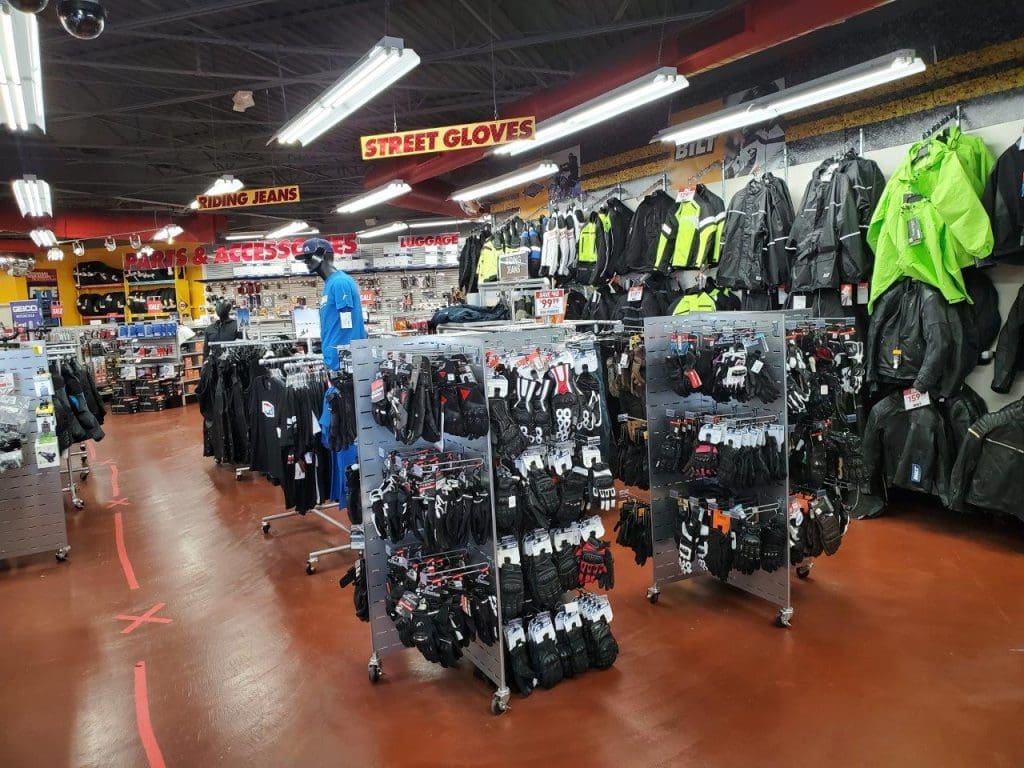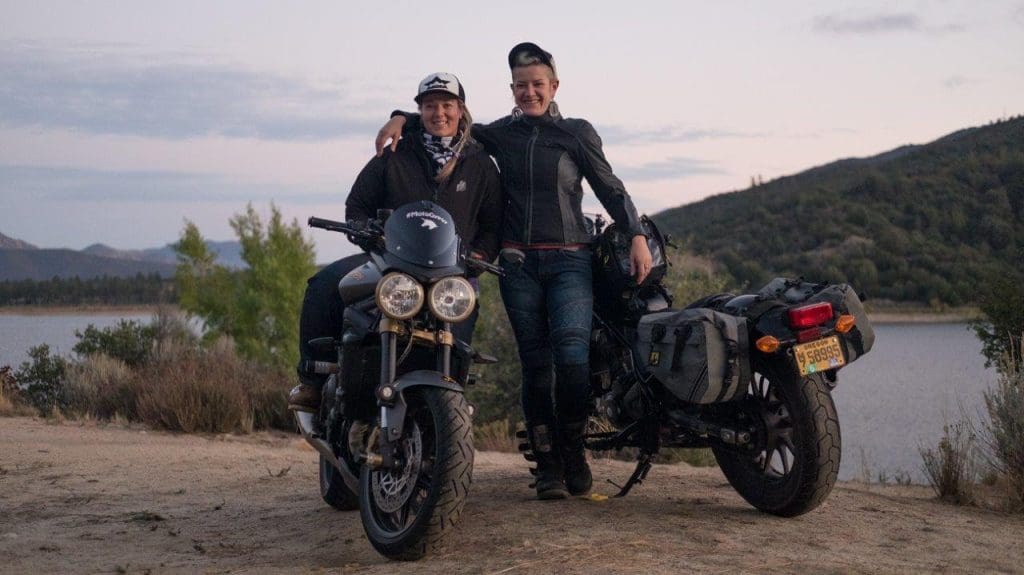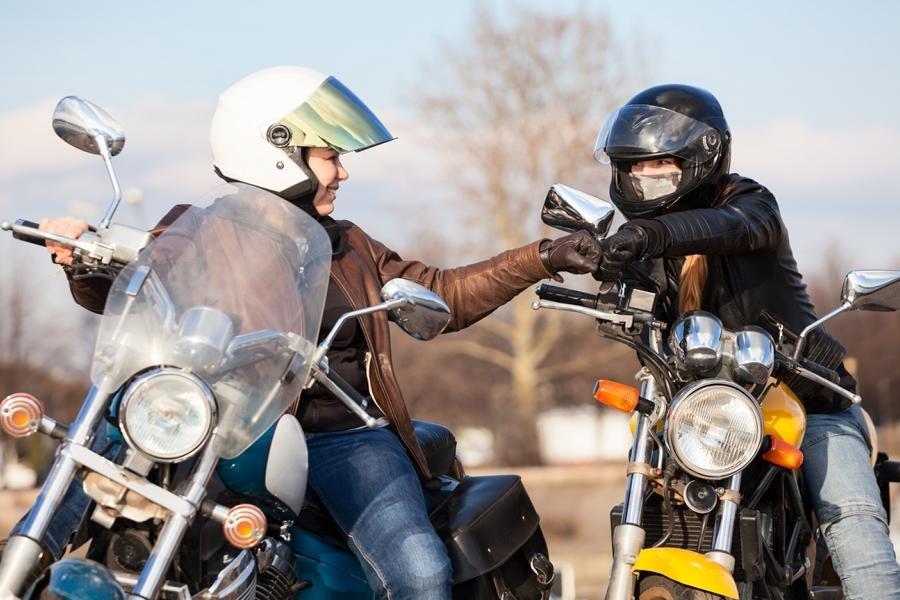How to Shop for Motorcycle Gear
Shopping for motorcycle gear is nothing like shopping for regular clothing. Why? We’ve learned to shop for clothing based on an abundance of choices. We almost always choose regular clothing based on what we want, not what we need.
Motorcycle gear has specific functions beyond covering skin and looking good, and motorcycle gear isn’t supposed to fit or feel like regular clothing. For all these reasons, changing the way we shop for motorcycle clothing is essential to finding the right gear.
Understanding the differences between regular clothing and protective apparel made for riding is essential. Recognizing that there are very different methods used to effectively shop for each is an important step to finding the right gear for you. Use this guide to help you through the process of shopping for motorcycle gear and avoid the typical frustration that accompanies this important aspect of being a successful, stylish, and happy motorcyclist.
Here’s a few curated lists to get you started:
- Best Motorcycle Jackets for Women
- Best Motorcycle Pants for Women
- Best Motorcycle Jackets for Full-Figured Women
- Best Motorcycle Pants for Full-Figured Women
How Women Shop for Regular Clothing
I Like Your Style!
We pick out our normal clothing based on how it looks and feels. Every woman has a self-proclaimed style, even if that style is “whatever is comfortable.”
We usually know where to look for clothing that feeds our unique personal preferences. This system of choosing what to wear based on how it looks is not exclusive to females, but it is a dominant factor in the choices most women make regardless of their lifestyle.
All the Choices
Picking out what to wear based on the style you love works well for regular clothing because there is no lack of choice or shortage in availability. There is an abundance of clothing in every style imaginable, in every size. This means we can almost always find exactly what we want to wear, and finding it in-person where we have the chance to try it on before we buy is the norm rather than the exception.
What’s the Problem?
Unfortunately, the traditional system we all use for choosing our clothing doesn’t work when shopping for motorcycle gear. In fact, how we normally shop for clothing is actually a hindrance to finding the right motorcycle gear. Having a defined personal style isn’t the problem; an emotional connection to our own personal style is the issue. We react to clothing trends based on how they make us feel rather than with reason because fashion is not logical – and it doesn’t need to be.
As riders, we apply this emotional connection even when we shop for motorcycle gear. We pick out items based on whether or not they match our bike (both in color and in genre), what is currently popular, how we look in the gear, and our unique personal style. Using the traditional system, a woman might never find safety gear that truly fits, protects, and feels great to ride in. This isn’t because it doesn’t exist. Women don’t have to compromise on any factor when searching for gear. Safety equipment that doesn’t force a compromise is out there and readily available.
The answer: we simply need to change the way we shop for motorcycle clothing.
Throw the emotional connection to your personal style to the bottom of the priority list. Instead, develop an emotional connection to what gear can do for you and the enjoyment of riding for years to come. Motorcycle gear is so much more personal than regular clothing because there’s more than just a style reputation at stake – it’s your life on the line.
When it comes to rider clothing, there’s only one trend that truly matters, and it never goes out of season: protected.
The Value of Motorcycle-Specific Protective Clothing
The differences between regular clothing and safety apparel are a bit more complicated than you might think. For starters, cotton shirts, sweatshirts, and jeans are not protective in any way. Athletic leggings, imitation leather, stiletto heels, and even sneakers will do nothing to help prevent injuries in even the smallest crash.
Normal everyday clothing is not built to withstand the massive forces applied to our bodies when we hit the ground from any angle, speed, or height. This isn’t profound information, yet so many choose to forego protective gear without realizing just how much they are risking. If you need some motivation to choose gear altogether, or if you think you might not fully understand the consequences of riding without protection, read this story before you do anything else.
One of the biggest problems when shopping for gear is that we expect it to fit like clothing when it isn’t supposed to fit like clothing at all. The best riding apparel is pre-curved in several to accommodate a seated riding position, which makes it feel “off” when standing, walking around, and trying to do anything besides riding. Even apparel that features stretch panels for better movement has its limits.
Bottom line: we can’t expect to be able to do yoga in a textile jacket and leather pants. It will feel best when sitting on a motorcycle. Last but not least, off-the-rack apparel isn’t going to fit perfectly every time. A trip to the tailor is a really great investment when it comes to gear that is of high-quality and meant to last for years to come. These are simple facts that must be accepted.
The way a garment looks, fits, and feels is the most obvious way to tell that protective apparel is much different than regular clothing. It’s important to understand that the differences between regular clothing and safety apparel go way beyond abrasion resistance and pre-curved arms. Here are important factors that separate the two:
- Tearing strength and tensile strength play a huge role in the differences between protective and non-protective materials.
- Pattern, seam construction, and thread materials are important when considering the burst strength of a garment as a whole.
- Impact protection and built-in ergonomics also contribute to key differences.
- Breathability and thermal properties of the garment, as well as waterproofing, wind resistance, venting, and airflow are also major considerations when compared to most non-technical clothing.
- Longevity of the materials and construction, including how they perform in extreme conditions and react to UV over time are very important differences.
As you can see, there’s more to it than just what meets the eye. You can also research the technical aspects of gear design and construction if you want even more information.
So What Should I Wear?
Gear is always a choice. What you personally choose to wear should be based first and foremost on a solid education and understanding of your risks as a rider. Keep in mind that no two riders are exactly the same, so your needs and desires will differ from your friends who ride, which is totally normal. As technologies in protective materials advance, the possibilities – when it comes to the amount of choices – become quite endless.
What it really comes down to is what you’re willing to risk and what consequences you’re willing to live with. The good news is that there are items out there that fit every rider’s shape, size, preferred protection level, budget and yes, even personal style. You might have to do a little digging, but it’s better than the alternative of riding completely unprotected and suffering some major unwelcome consequences.
If you’re ready to start shopping, check out our step-by-step guide below to choosing the right gear for you.
Step-by-Step Guide to Finding the Best Gear for You
Step 1: Define Your Major Needs
The first step in finding the right gear is to define the type of riding you’ll be doing. Commuting to work in traffic will require different features than a day at the race track. To determine your starting point, answer these three questions:
- What types of roads, speeds and other traffic will I encounter most?
- What type of weather am I riding in?
- What are my biggest risks?
Put some major consideration into your answers, as they will help determine the direction of your search from the very beginning. Prioritize your major needs in the order listed above.
Step 2: Know Your Body
Understanding general body shape is something that comes naturally to most women because it applies to normal clothing. Body shape has also been shoved in our faces by the beauty industry, fitness industry, and even the health industry our entire lives.
There are a ton of online resources, publications, videos, and even books on the subject. Knowing what will fit based on your general body shape alone is half the battle.
If you don’t identify with a piece of fruit or other inanimate object (apple, pear, hourglass, ) don’t fret. There’s another way to ensure you’ll get the right fit: measurements. Most women I know don’t have their measurements memorized – or at least we didn’t before online shopping became the norm. If you don’t know your measurements, have someone help you take them the first time (there’s no room for error when it comes to safety) using a simple cloth measuring tape.
Wondering which measurements to take? Bust, waist, hips, and inseam are the four most common you’ll see when shopping for motorcycle gear. More detailed measurements, like upper and lower arm, thigh, knee and calf, underbust, sleeve length, hip-to-knee and knee-to-ankle, and more, become really important when it comes to custom apparel.
Pro-tip: Record your measurements in your phone so you always have them at your fingertips when needed. Having your measurements saved and/or memorized comes in handy for more than just riding gear!
Step 3: Set a Budget
Before you begin shopping, create a reasonable budget for your own unique financial position. Doing a comprehensive search, only to discover that the “perfect” gear is way out of reach, will only add to the frustration and make it seem like there’s nothing out there for you. Instead, find something you can afford now. Then, allow yourself to search for your “dream gear” with no cost restrictions and weigh the pros and cons of breaking your budget.
Here’s a few things to keep in mind when weighing your options when it comes to cost:
- Any gear is better than no gear/regular clothing
- Single-season garments tend to cost less, but multi-purpose garments done well can help you save money by reducing the number of items you will need to buy to cover all seasons and weather combinations
- Brand is not always indicative of quality
- Sturdier materials and quality construction will last longer (consider it an investment in your health and happiness)
- Payment plans are offered on many online sites nowadays if you can stand to pay interest (it works much like a traditional credit card)
The most important thing to remember is that protecting your body is worth every penny you choose to spend on safety apparel.
Step 4: Begin Your Search
Once you know the kind of riding you’ll do, start your search by the features you absolutely require (from step 1) and your budget (from step 3). Below are some examples of how to choose aspects that matter the most to your unique situation.
For a commuter, heels and a skirt might look great in the office (or in photos) but they have no business on two or three wheels. Armored abrasion-resistant leggings which can be quite stylish even in a professional setting. Motorcycle specific boots and shoes come in nearly every size, shape, width, heel height and color, so there’s no excuse to ride in anything less.
Alternatively, gear that is designed to fit over a normal layer of clothing (for school/workplace convenience) is essential. Either way, commuters tend to spend a lot of time in traffic, so the most important protection is armour in all major impact zones: back, shoulders, elbows, chest, knuckles, hips, knees and ankles.
If you need to be able to get changed quickly, look for armor that can be added separately as individual pieces that simply strap to your body over (or under) your clothing.
If you’re more of a weekend warrior taking for spirited rides and maybe even some short overnight trips, you’ll want to find apparel that puts abrasion resistance, longevity, and breathability at the top of your list. Comfort on longer days means finding apparel with venting as well as pre-curved fingers, arms, and legs to help with fatigue. Fantastic impact protection is also essential for riders that “get their lean on” on a regular basis.
Adventure riding and exploring off-the-beaten-path? You’ll want the ultimate weather protection, a lot of cargo space, and lighter materials which fare better in rough conditions like dirt, mud, rain, water, etc… Look for jackets and pants with versatile layers that can be added or removed to account for changing seasons. Of course, don’t skimp on impact protection, either.
These are just a few examples of how to begin your search — every rider is going to have a unique set of priorities and knowing yours will get you started on the right track.
Where should you look? We suggest starting here – motorcycle gear for women. Gear guides like this have done much of the work for you already. Online stores like Revzilla and Cycle Gear are also a great place to look at multiple brands, features and size ranges at once.
Of course, if you have access to large stores like this in-person, those are also a great place to visit. However, keep in mind that searching in person is going to extremely limit the options that are available to you.
Step 5: Choose What Will Fit
Once you’ve found gear that includes the most important features for your unique situation, start narrowing your options to the items that will fit you best. Use your personal measurements and compare them to size charts to find brands, cuts and styles that closely match your shape.
Quick tips for a great fit:
If you need space in the chest, look for ‘princess seams’ which start at the armpit and travel inward towards your chest before dropping down to the waist.
If you have an hourglass figure, look for jackets with adjustable waist straps and tapered jackets that curve outward in the hip area, as well as pants that have slightly wider hips and taper inward as they reach the lower thigh.
If you have curvier legs, avoid the ‘skinny leg’ styles, and perhaps even go for an overpant fit to give yourself more room.
If you find the arms or legs are too long, head to the tailor! If they are too short, try asking the tailor to add a leather cuff or consider gauntlet length gloves or tall boots.
If you have a small stature, look for slim cuts — italian and other european brands will most likely fit you best.
Step 6: Ask for Assistance
There are several online fit resources built by women who ride. Trust those resources as well as hands-on reviews written by women who tested the gear when you have questions.
GearChic.com is a fantastic personal shopping resource and can absolutely help you with finding the best fit for your shape. Private-label apparel brands owned and designed by women tend to excel in two areas: better fit and a great customer service experience. Send a message on Instagram or Facebook for customized support and you might even be able to get an item made custom for you.
Step 7: Put Your Money Where Your Mouth Is
Now that you’ve found the gear that fits your riding style, protection needs, and your body — the last step is to try it on. Sometimes, that means you have to take the leap and purchase the gear from an online store and try it on at your own home.
Another option is to head to your local dealer or shop and ask them to order what you’ve picked out. This gives them the opportunity to earn your business and allows them to learn a thing or two about what women riders want. Stocking all available apparel in a store isn’t feasible, but when you work with shops, stores or brands directly, everyone wins.
Be willing to spend the money up front (with the possibility of returning something that doesn’t work), as it will give you the best opportunity to know when you’ve found “the one” for you.
Finding the right gear can take time and effort. Just like our body shapes, personal style, and the type of riding we prefer — it can be complicated, but it doesn’t have to feel daunting. If you’re willing to do the work, it will pay off exponentially. Protecting your body the way you choose is something every woman deserves.


